Focused on nature-based solutions, EcoEnterprises Fund has been a positive force for change, investing in businesses that advocate for the sustainable use of biologically diverse working landscapes and ecosystem services throughout their operations and supply chains. A prime example is Equilibria Agro, Colombia’s largest producer and exporter of sustainably-farmed limes.
Equilibria works with local smallholder farmers to transform degraded lands and former cattle farms into flourishing, biodiverse lime orchards. By employing precision agriculture techniques, including drip-irrigation systems and GPS technology, the company achieves meticulous tree-by-tree monitoring and management. This results in highly efficient, environmentally-friendly production with minimal water and agricultural inputs.
In 2024, EcoEnterprises Fund provided technical assistance funds to Equilibria to develop a Biodiversity Action Plan (BAP), crafted by Terrasos, a leader in biodiversity conservation and management based in Colombia. This photo series showcases Equilibria’s dedication to biodiversity conservation at the farm and regional level, while also highlighting the opportunities to further enhance its sustainable business model.
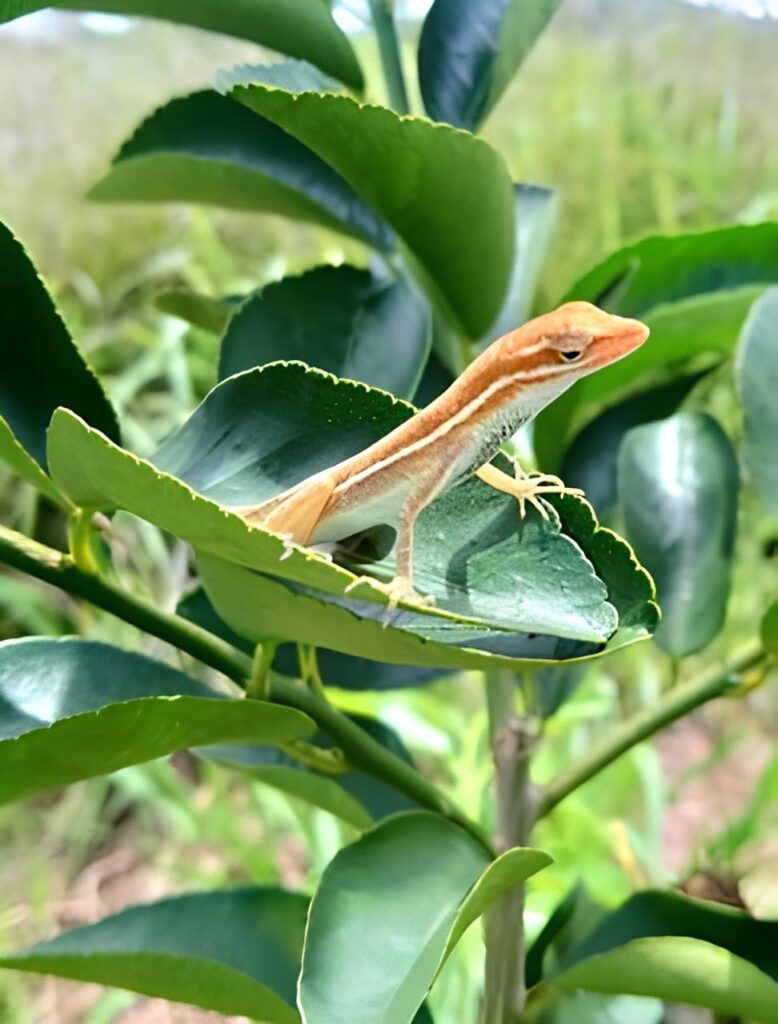
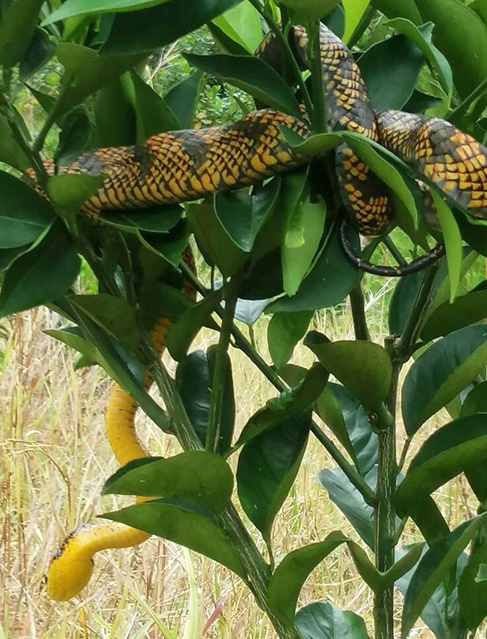
Equilibria’s farms are strategically situated within the Magdalena-Cauca hydrographic area, specifically in the Arma River subzone and influenced by the Aures River—an essential location for conserving and enhancing biodiversity.
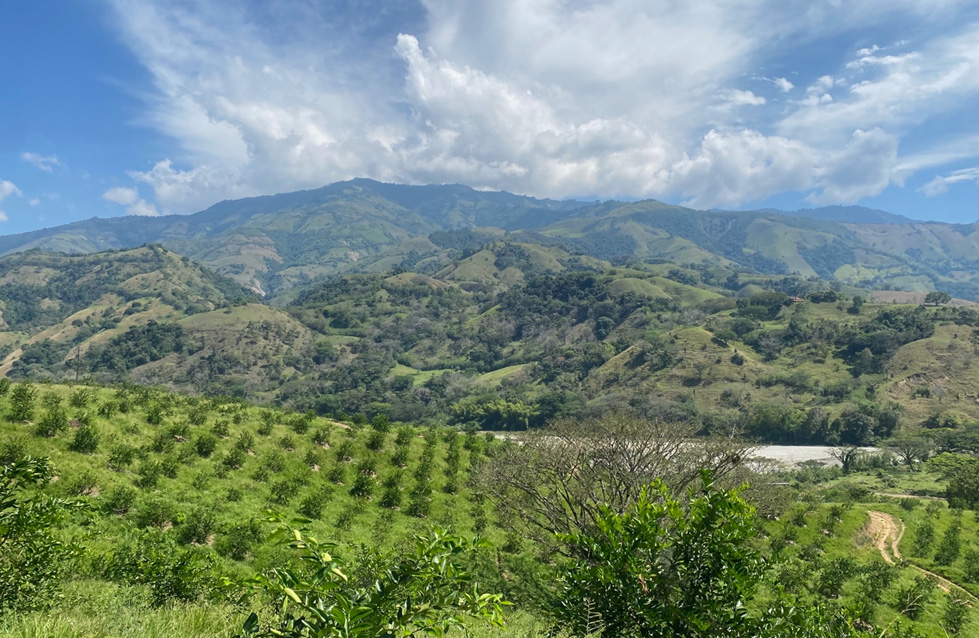
The Biodiversity Action Plan documented the rich diversity of flora and fauna within the region where Equilibria’s orchards are located, with 169 species of flora and 208 species of animals – many of which are of conservation interest – such as birds, reptiles, amphibian, and mammals, underscoring the significance of the company’s regenerative agriculture practices and its overarching commitment to preserving nature.
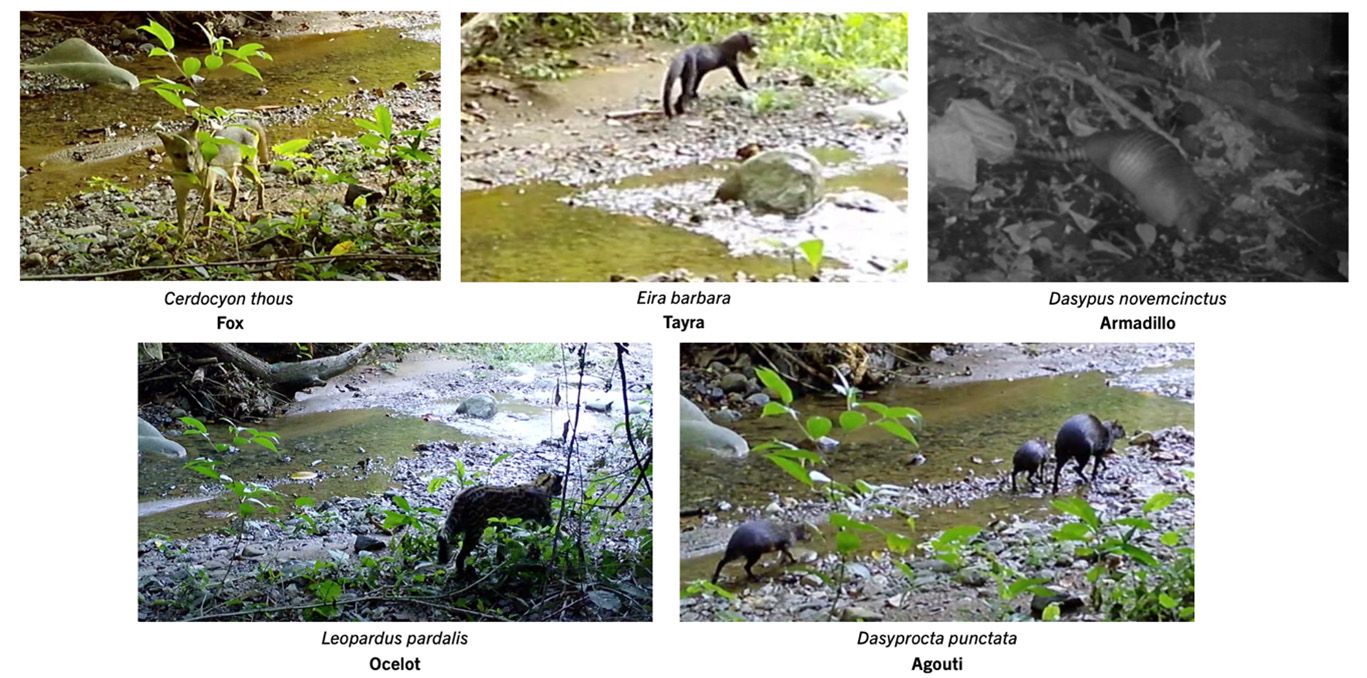
Based on these findings, the BAP identified key challenges and significant opportunities for improving biodiversity management, outlining important goals and corresponding projects to reduce Equilibria’s operational impact and enhance the health of nearby ecosystems. Some of these goals aim to mitigate the farms’ vulnerability to climate change through better environmental and land planning, as well as to improve water resource management in the region. The plan also focuses on preserving the diverse plant species and fauna present on the farms.
In addition to the outlined goals, the BAP emphasizes the creation of biological corridors and living fences to protect reforested areas and conservation zones from cattle intrusion, thereby safeguarding planted trees and minimizing wildlife disturbance. To further enhance water resource management, the plan includes reinforcing reservoirs and water storage tanks to capture rainwater and improve irrigation efficiency. Data collection is key to assess the project’s water footprint and evaluate its impacts on nearby communities.
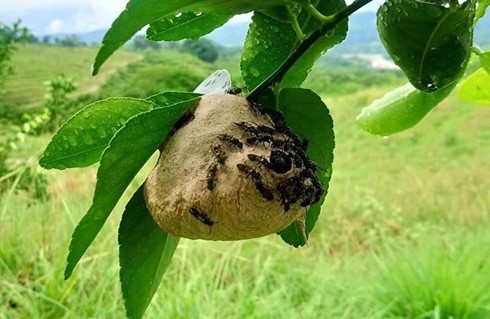
Unlike many agro-industrial projects that focus solely on mitigating climate change effects on crops, Equilibria is committed to addressing biodiversity loss comprehensively. By going beyond regulatory requirements and aiming for substantial local and regional benefits, Equilibria is setting a new standard for biodiversity conservation in working landscapes.
